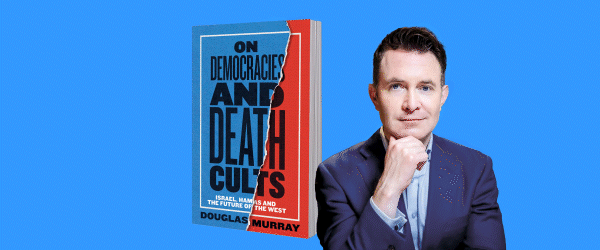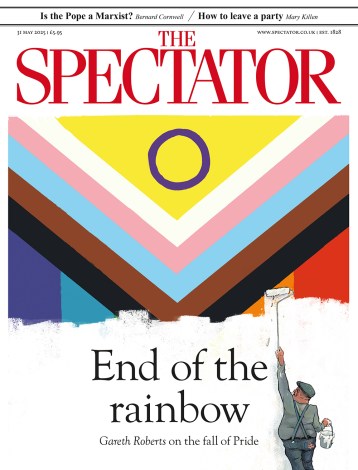Universal truth
Duke Bluebeard’s Castle English National Opera Swanhunter Opera North Bartok’s only opera, Duke Bluebeard’s Castle, shouldn’t be a difficult work to stage, to sing and to play, yet most of my worthwhile experiences of it have been listening to recordings — where it has done notably well. Though the plotline is as simple as can be, and the music matches it in urgency and directness, or rather because of these facts, it is a piece that invites and certainly receives the attentions of meddling producers who ignore what it is about and invent more or less elaborate dramatic situations which it could have been about. Daniel Kramer, who produced the

